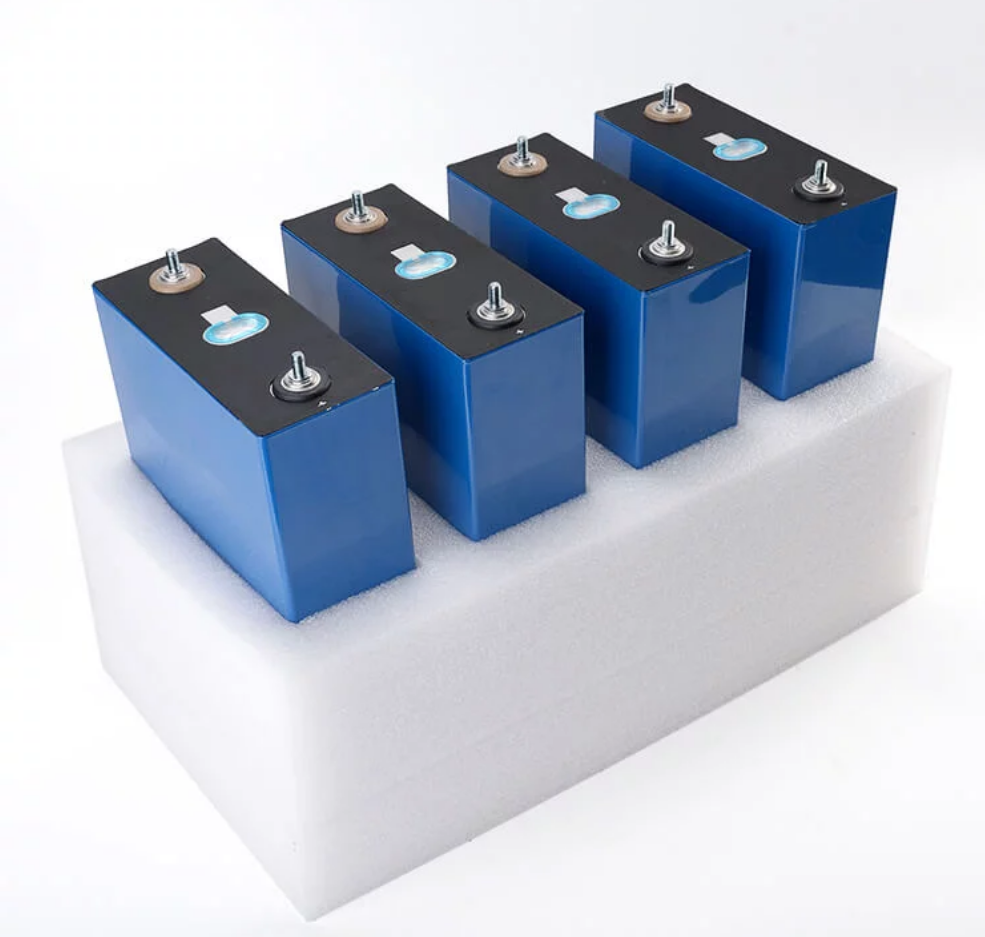Classification of Lithium Battery Cells for Forklifts
Classification of Lithium Battery Cells for Forklifts
Overview
Lithium battery cells are the core components in designing high-quality battery packs for electric forklifts. Understanding the different types—classified by chemistry and form factor—will help you choose the optimal solution for your needs.
🔋 I. Classification by Chemistry
1. LFP – Lithium Iron Phosphate (LiFePO₄)
Specifications:
-
Nominal voltage: ~3.2V/cell
-
Energy density: ~90–120 Wh/kg
-
Lifespan: 3,000–6,000 cycles
-
Operating temp: -20°C to 60°C
-
Max discharge rate: 1C–3C
Pros:
-
Very safe and chemically stable
-
Long lifespan — ideal for continuous forklift operations
-
Minimal voltage drop during deep discharge
-
Cobalt-free and environmentally friendly
-
Affordable (mass production in China)
Cons:
-
Heavier than NMC → requires more space
-
Poor cold-weather performance without heating
Applications:
Electric forklifts, electric buses, industrial energy storage systems.
2. NMC – Nickel Manganese Cobalt Oxide (LiNiMnCoO₂)
Specifications:
-
Nominal voltage: ~3.7V/cell
-
Energy density: 150–220 Wh/kg
-
Lifespan: 1,000–2,000 cycles
-
Operating temp: 0°C to 45°C
-
Max discharge rate: 1C–2C
Pros:
-
High energy density, compact and lightweight
-
Stable output → suitable for high-speed warehouse forklifts
Cons:
-
Can overheat and catch fire if not properly managed
-
Shorter lifespan than LFP
-
Higher cost due to cobalt
Applications:
Electric vehicles (EV), drones, clean warehouse forklifts, supermarkets.
🧱 II. Classification by Form Factor
1. Prismatic Cells
-
Structure: Aluminum shell, rectangular
-
Capacity: 20Ah – 300Ah
-
Pros:
-
Easy to install
-
Fewer cells → simpler BMS
-
Good heat dissipation
-
-
Cons:
-
May swell if not secured properly
-
-
Applications: Electric forklifts, energy storage systems
2. Cylindrical Cells (e.g., 18650, 21700, 32700)
-
Structure: Metal casing, cylindrical
-
Capacity: 2Ah – 6Ah
-
Pros:
-
Mass production → low cost
-
Excellent discharge and cooling
-
-
Cons:
-
Requires many cells → complex BMS
-
Risk of connection failure if not spot-welded properly
-
-
Applications: E-bikes, power tools. Not recommended for industrial forklifts.
3. Pouch Cells
-
Structure: Thin, lightweight, flexible foil pouch
-
Pros:
-
Lightest option
-
Highly customizable sizes
-
-
Cons:
-
Fragile and prone to swelling
-
Requires solid external frame
-
-
Applications: Electronics, e-bikes. Rarely used in forklifts.
✅ III. Recommended Options for Forklifts
| Criteria | Best Option |
|---|---|
| Safety, durability, heavy load | LFP – Prismatic Cell |
| Compact size | NMC – Pouch/Prismatic Cell |
| Budget project | LFP/NMC – Cylindrical Cell |
📌 IV. Common LFP Prismatic Cells Used in Forklifts
| Model | Capacity | Manufacturer |
|---|---|---|
| CATL 3.2V 100Ah | 100Ah | CATL |
| EVE LF105 | 105Ah | EVE Energy |
| Lishen 3.2V 280Ah | 280Ah | Lishen |
| REPT 3.2V 280Ah | 280Ah | REPT |
📦 V. Notes for Battery Pack Assembly
Before building a battery pack, consider:
-
Load and motor specs (e.g. 2.5 tons, AC motor)
-
Available battery space (e.g. 900×300×300mm)
-
Required operation time (e.g. 8 hours/day)
This data helps calculate:
-
Number of cells required
-
Suitable cell type
-
BMS and discharge design
Conclusion:
Choosing the right lithium cell for electric forklifts is key to ensuring performance, safety, and durability. Need help designing a pack or selecting cells? Leave a message — I’ll support you in detail!



